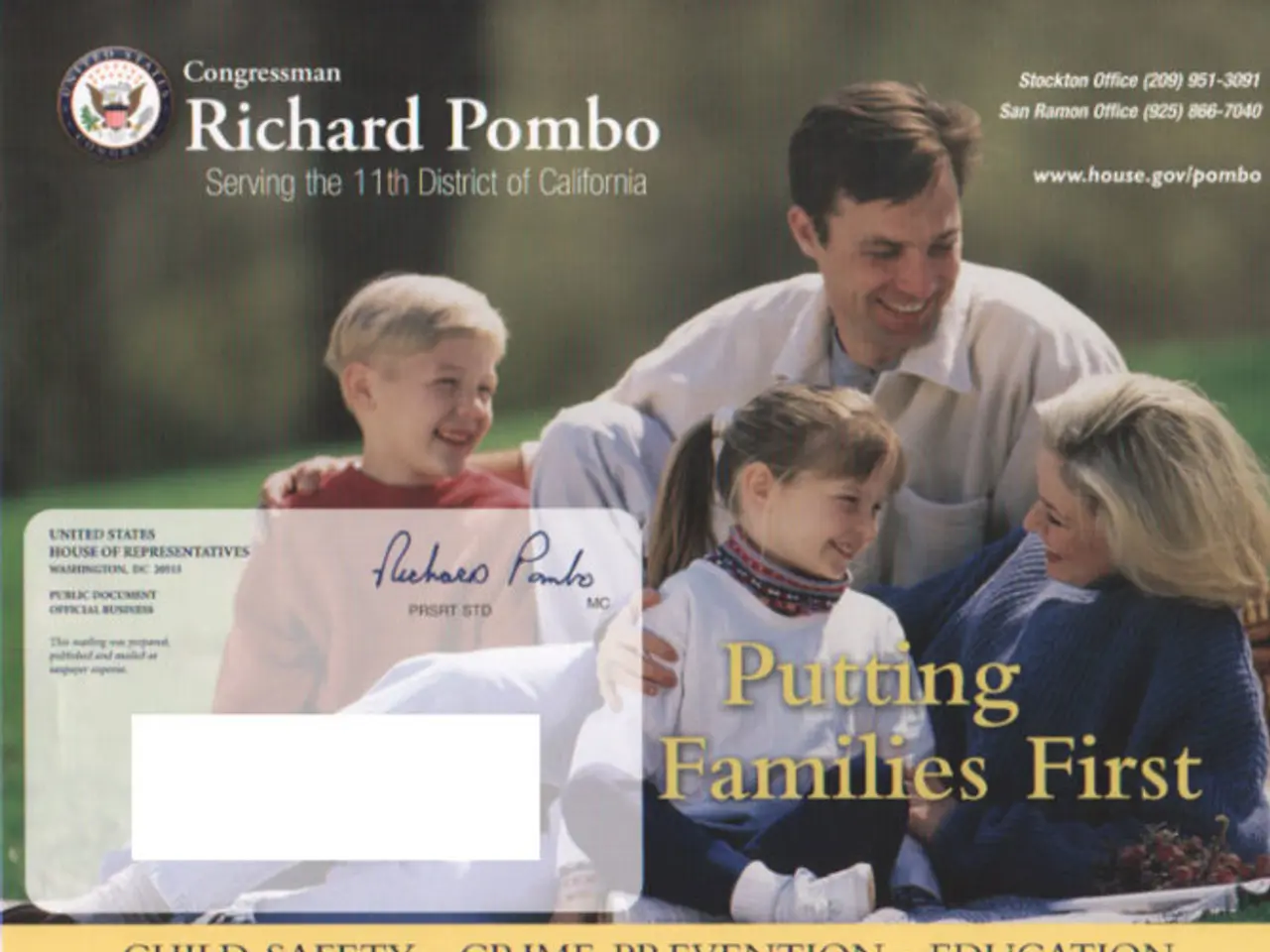Guidance on Choices and Decisions
In the realm of community development and coalition building, making informed and collaborative decisions is paramount. A seminal work by J. Raynor, titled "What Makes an Effective Coalition? Evidence-Based Indicators of Success," published by The TCC Group in 2011, sheds light on this critical aspect.
When it comes to decision-making within coalitions, the process often revolves around consensus and majority rule. Consensus decision-making, which seeks agreement acceptable to all members, fosters trust, collaboration, and inclusive communication, promoting higher group cohesion. However, it is often time-consuming and may be less efficient for routine decisions. On the other hand, majority rule, a process in which a group discusses a decision and takes a vote, with the majority decision being the one implemented, improves efficiency in decision-making, especially when decisions are routine or time-limited. However, it can reduce cohesion by alienating minority voices.
To lessen frustration when employing majority rule, several techniques can be used. Integrating consensus-building elements before or after the majority vote can help—this includes encouraging open communication, active listening, and inclusive dialogue to understand minority concerns. By working to find common ground and compromises, groups can avoid polarization and enhance trust and cooperation even when some viewpoints do not prevail. This blended approach combines the speed and decisiveness of majority voting with the collaborative spirit of consensus, promoting more sustainable decisions and reducing feelings of exclusion.
Moreover, transparent communication about the decision process and rationale, and allowing opportunities for minority groups to express concerns or suggest amendments, can further reduce frustration and improve perceived fairness.
Effective coalitions also prioritise issues, plan activities, and choose strategies to use limited resources. They follow a structured decision-making process, which typically involves defining the problem, gathering and sharing information, listing possible solutions, listing pros and cons, choosing a solution, carrying out strategies, and evaluating decisions.
Various resources are available for coalition building and community development. The University of Kansas offers toolkits on topics related to partnership building and community change through the Community Tool Box. The Ohio Center for Action on Coalition Development published a book called "Building Coalitions: Coalition Formation and Maintenance" in 1992. Iowa State University, North Central Regional Center for Rural Development published a resource titled "Vision to Action: Take Charge Too."
In extreme cases, a decision may need to be made without group discussion, in which case the coalition leader should try to contact at least a few group members for input and ideas.
Additional resources for coalition building and community development can be found at the University of Oregon, Holden Leadership Center, the Asset-Based Community Development Institute, the University of Wisconsin-Extension, and Coalitions Work. These resources provide valuable insights and tools for effective decision-making, community assessment, and coalition evaluation.
Remember, members are more likely to commit to and support decisions when they are part of the decision-making process. By fostering open communication, active listening, and inclusive dialogue, coalitions can make decisions that reflect the collective opinion of the group and ensure the commitment and cooperation of all members.
- To foster sustainable decisions and reduce feelings of exclusion within coalitions, a blended approach that combines the speed of majority voting with the collaborative spirit of consensus can be implemented, following techniques such as open communication, active listening, and inclusive dialogue to understand minority concerns.
- Effective coalition leaders prioritize issues, plan activities, and choose strategies to use limited resources, following a structured decision-making process that consists of defining the problem, gathering and sharing information, listing possible solutions, listing pros and cons, choosing a solution, carrying out strategies, and evaluating decisions.




